The early years
3rd century
Chinese are said to have given the island the name P’u Luo Chung.
1292
Marco Polo mentions a large and noble city where Singapore now stands.
1365
The Javanese Nagarakretagama records a settlement called Temasek – the old name that used to refer to Singapore.
1390s
Temasek is settled by a scion of the Srivijaya empire, Parameswara (also known as Iskandar Shah).
14–15th centuries
Siam (Thailand), followed by Java’s Majapahit empire, seizes Temasek but shows little interest in it. Temasek exists as a vassal of the Malay kingdom of Melaka and is governed by a Temenggong (chief) from Johor.
1511
The Portuguese capture Melaka, then an important centre in east–west trade.
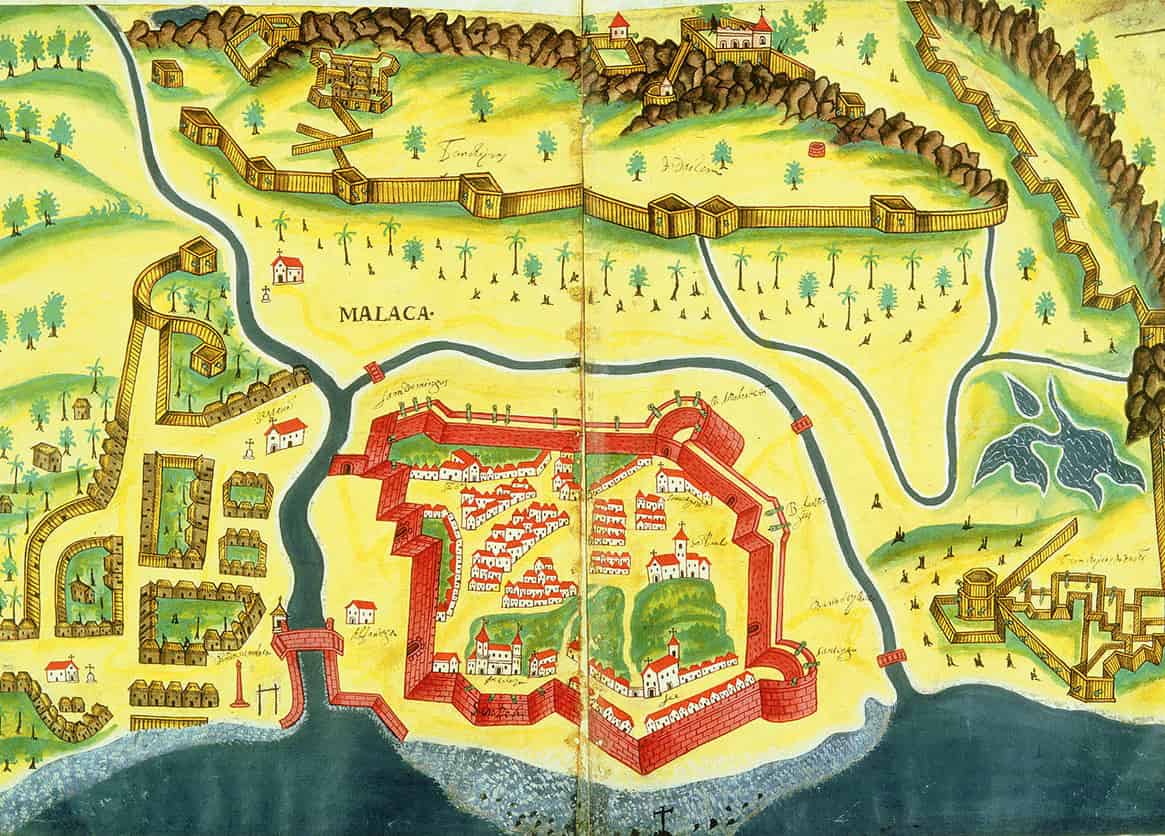
The Portuguese capture Melaka, 1511.
The Art Archive
17th century
Singapore is forgotten and left to the Orang Laut (sea nomads).
1786–1824
The British East India Company opens a trading post in Penang and assumes possession of Melaka from the Dutch.
British colonial rule
1819
Sir Thomas Stamford Raffles arrives in Singapore. He is convinced the island, located at the crossroads of the South China Sea, will become an important port. The Temenggong and Sultan Hussein allow Raffles to open a trading post in Singapore in exchange for money.
1822
Raffles returns to Singapore and draws up plans for the island’s development.
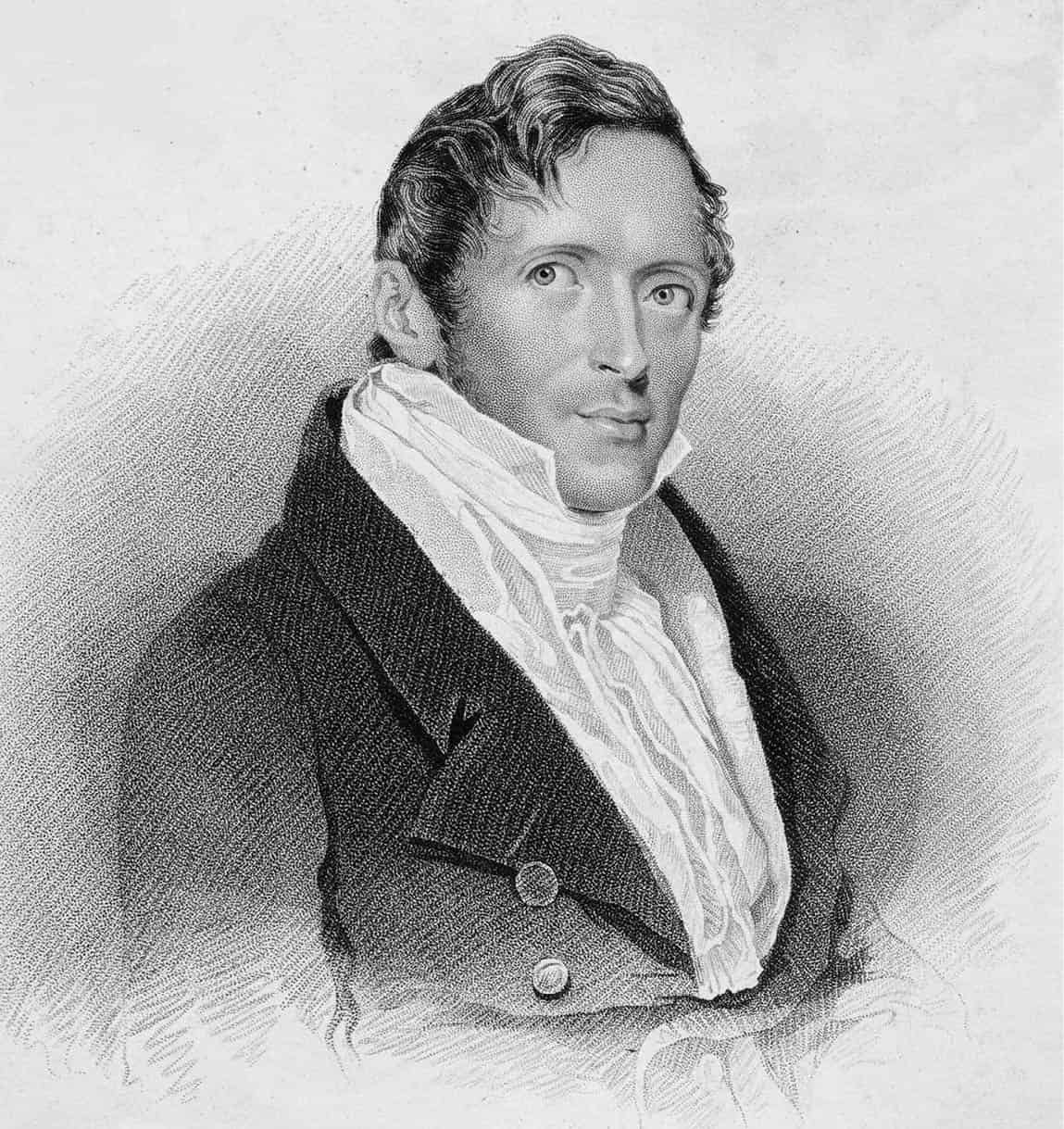
Sir Thomas Stamford Raffles.
Mary Evans Picture Library
1823
Raffles issues regulations outlawing gambling and slavery. Leaves Singapore in June.
1824
The British agree to withdraw from Indonesia, in return for Dutch recognition of British rights over Singapore. Singapore is ceded in perpetuity to the British.
1826
The trading stations at Penang, Melaka and Singapore are named the Straits Settlements, under the control of British India.
1846
Chinese funeral riots. First major secret society trouble begins.
1851
Straits Settlements placed directly under the rule of the Governor-General of India.
1867
Straits Settlements become a Crown Colony, controlled by Colonial Office in London.

Singapore riverfront in 1910.
Bridgeman Art Library
1869
Suez Canal opens and number of ships calling at Singapore increases. Trade flourishes.
1880s
Henry Ridley, director of the Botanical Gardens, succeeds in growing rubber trees. The Malaysian peninsula and Singapore develop into the world’s main rubber exporters.
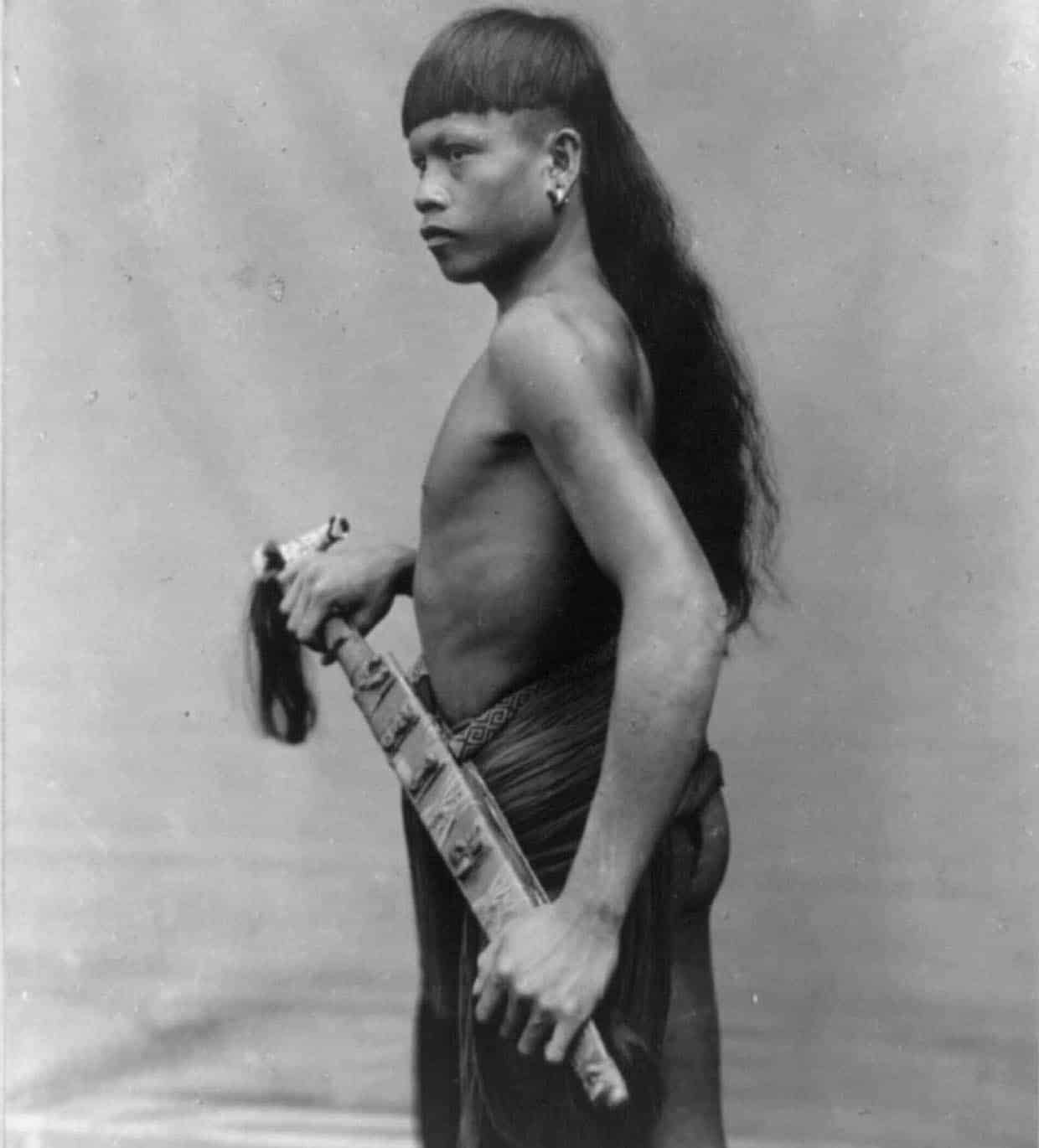
An early 20th-century photograph of a Dyak man.
Library of Congress
World wars
1911
Population of Singapore grows to 250,000 and the census records 48 races on the island, speaking 54 languages.
1920s
The Great Depression’s reverberations are felt in Singapore, as prices of commodities such as rubber collapse. But it is still the greatest naval base of the British empire east of Suez.
1923
Singapore is linked to Malaysia by a 1.1km (0.75-mile) causeway.
1941
Japan invades Malaysia, landing at Kota Bahru. Singapore is bombed on 8 December.
1942
British troops surrender to Japan. The Japanese rename Singapore Syonan, “Light of the South”. During their occupation, many civilians, particularly the Chinese, are killed or suffer hardships.
1945
Three-and-a-half years of Japanese rule end in August, with the landing of Allied troops. The British declare Singapore a Crown Colony.
Independence and Federation
1948
The British allow limited elections to the Legislative Council. A state of emergency is declared in June following the Communist Party of Malaya’s uprising against imperialism.
1951
Legislative Council election. Singapore formally proclaimed a city with a royal charter.
1955
Rendel Commission granted by the British leads to elections and David Marshall becomes chief minister. A Legislative Assembly consisting of 32 members, 25 elected, is established. The Labour Front has a majority, but the People’s Action Party (PAP) forms a powerful opposition.
1956
PAP Central Executive Committee election in which Communists decline to run. Chinese student riots; PAP leaders are arrested.
1958
A constitutional agreement for partial independence for Singapore is signed in London.
1959
PAP wins elections with 43 of 51 seats, with 53 percent of the popular vote. Lee Kuan Yew becomes the country’s first prime minister.
1962
A referendum is held on merger with Malaya: 71 percent vote in favour.

Singaporean riot squad with the message “Disperse or we fire” in the 1960s.
Getty Images
1963
Malaysia agreement signed in which Singapore, Sarawak and North Borneo (Sabah) are joined with the existing states of Malaya to form Malaysia. PAP wins Singapore general election.
1964
PAP wins only one seat in Malaysian general election. Communal riots ensue.
The Republic of Singapore
1965
PAP wins Hong Lim constituency by-election. Singapore leaves Malaysian federation, becoming an independent nation. Joins the United Nations and the Commonwealth.
1967
Singapore, Malaysia, Thailand, Indonesia and the Philippines form the Association of Southeast Asian Nations (ASEAN).
1968
PAP sweeps first parliamentary general election, winning all 58 seats.
1971
British Far East Command ceases.
1972
PAP wins all seats in general election.
1981
In a by-election, J.B. Jeyaretnam of the Workers’ Party wins the first seat to be held by a member of an opposition party.
1984
PAP loses two of 79 seats in the general election, its first loss of a seat since 1964.
1990
Lee Kuan Yew steps down as prime minister and is replaced by Goh Chok Tong. The constitution is amended to provide for a president.
1991
PAP wins general election but loses four seats. Its share of votes falls from 61.8 to 59.7 percent, the lowest since it has been in power.
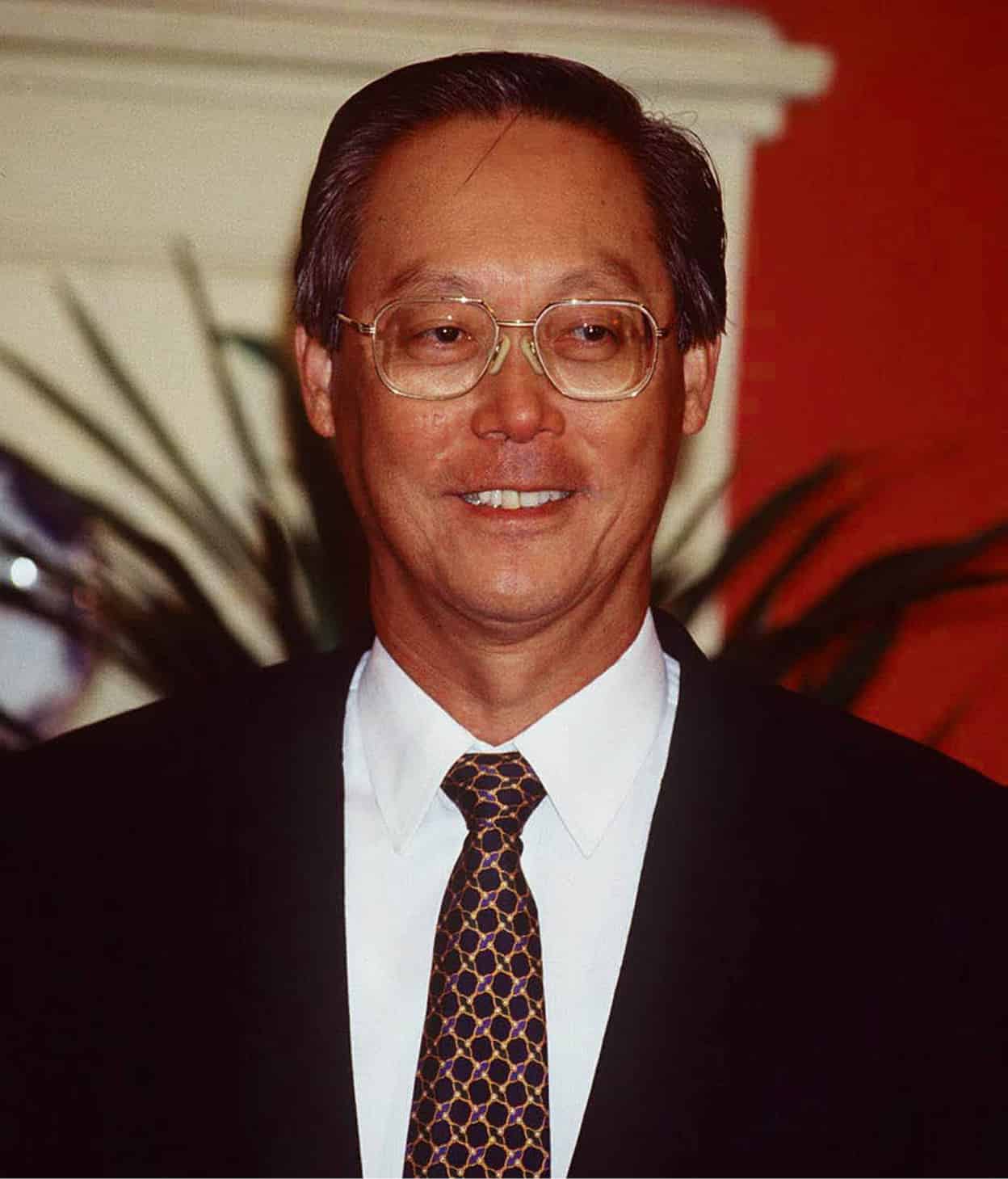
Goh Chok Tong, prime minister 1990–2004.
TopFoto
1996
Singapore is no longer regarded as a “developing nation” by the OECD.
1998
Singapore’s economy is affected by the regional economic chaos in Southeast Asia.
1999
The economy makes a dramatic turnaround, growing 4–5 percent. Ong Teng Cheong steps down as president. S.R. Nathan from the minority Indian race is appointed president.
2000
Economic growth hits 10.1 percent.
2001
PAP wins 75.3 percent of votes in general election. A global downturn leads to a 4.7 percent unemployment rate, a 15-year high.
2002
Al-Qaeda-linked terrorist plot to bomb the US embassy uncovered. Some 15 suspects are arrested and jailed without trial.
2003
Outbreak of Severe Acute Respiratory Syndrome (SARS) in April, but quickly controlled. Northeast Line extension of the MRT opens.
2004
Prime Minister Goh Chok Tong steps down and Lee Hsien Loong takes office. The economy shows positive signs of recovery.
2006
PAP wins 66.6 percent of votes in general election, sweeping all but two seats.
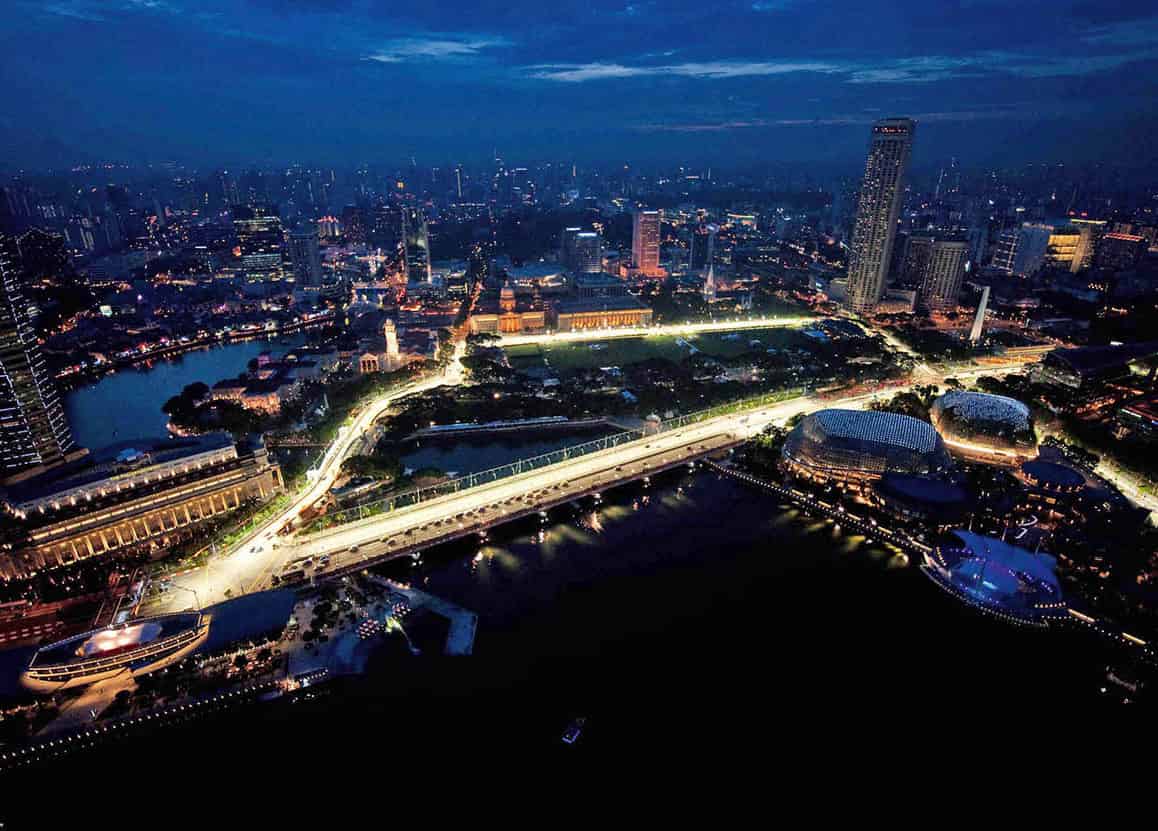
An aerial view of the 2009 Formula 1 Grand Prix.
Singapore Tourism Board
2010
The world’s first Formula 1 night race is held in September. Marina Barrage, Singapore’s first reservoir in the city, opens. Resorts World Sentosa, Singapore’s first integrated resort, opens in January; a second, Marina Bay Sands, opens in April. Singapore hosts the first Youth Olympic Games in August.

Supertrees in Gardens by the Bay.
Dreamstime
2011
During the general elections, ruling party PAP faces its worst results since independence in 1965, winning 60.1 percent of votes. S.R. Nathan steps down as president and Tony Tan is elected.
2012
The sprawling Gardens by the Bay with its Super Trees and conservatories are unveiled.
2015
The nation’s founding prime minister, Lee Kuan Yew, dies at the age of 91. In June, Singapore hosts the 2015 SEA games and ASEAN paralympic games. In August, Singapore celebrates its Golden Jubilee of statehood and independence from Malaysia.